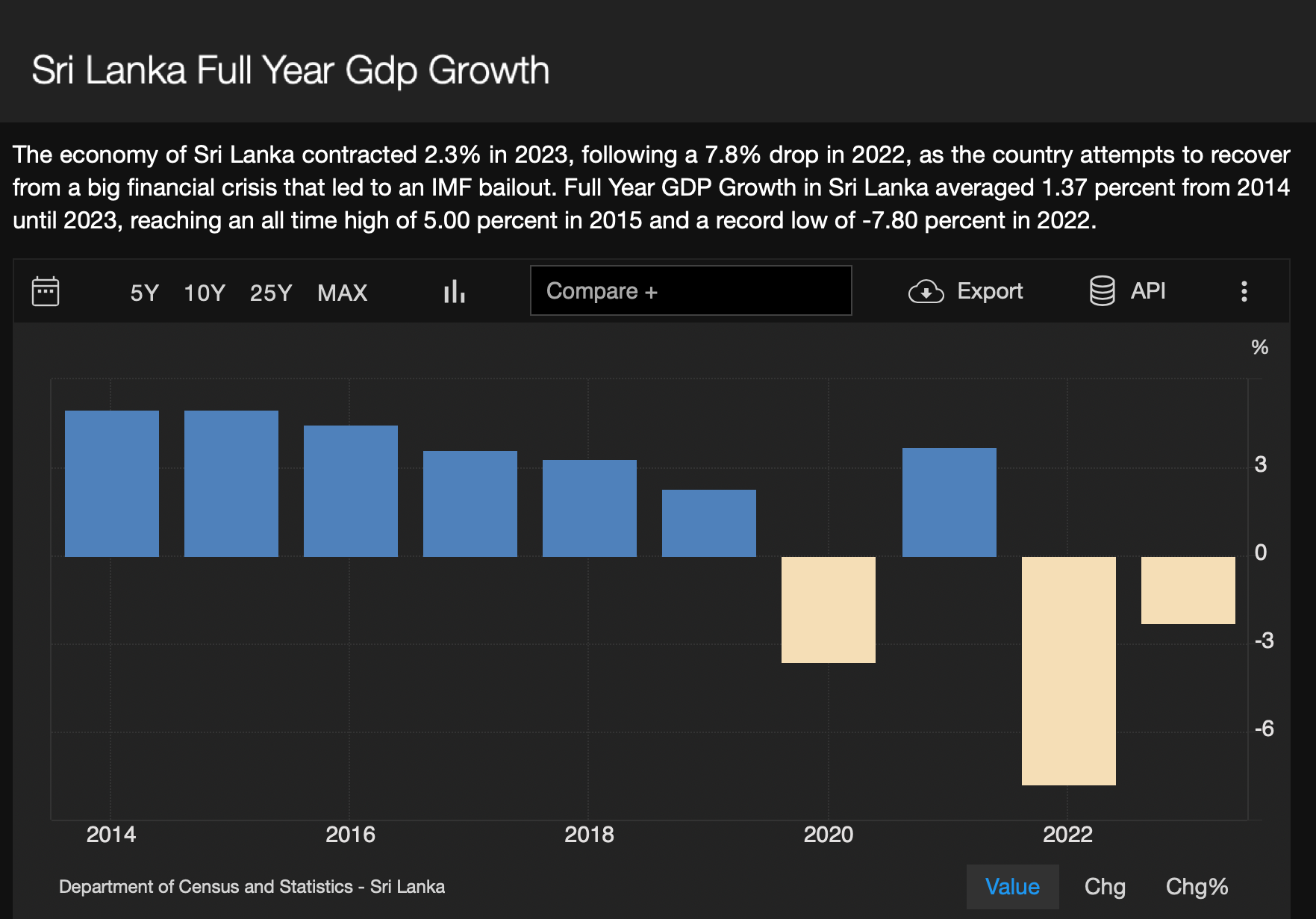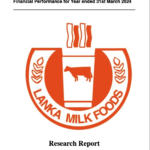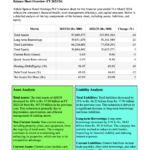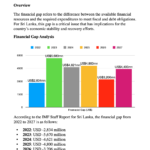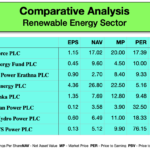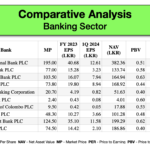Get update on Sri Lanka’s latest economic indicators and future outlook via LankaBIZ backed by Artificial Intelligence. Ask any question relating to economy of Sri Lanka and get instant answers based on latest information. www.lankabizz.net
The latest economic outlook for Sri Lanka, as of May 2024, indicates a challenging economic environment. The country has been grappling with a severe economic crisis, characterized by high government debt, inflationary pressures, and a balance of payments crisis. Here are some key points from the most recent data and projections:
- GDP Growth: The GDP Annual Growth Rate was reported at 4.5 percent in December 2023, showing some signs of economic activity picking up.
- Inflation: The Inflation Rate was at 1.5 percent in April 2024, which is relatively low compared to the previous year, suggesting some stabilization in consumer prices.
- Interest Rates: The Central Bank of Sri Lanka maintained the Interest Rate at 8.5 percent as of April 2024, which is relatively high, aimed at curbing inflation and stabilizing the currency.
- Government Debt: The Government Debt to GDP ratio was last recorded at 113.80 percent in 2022, with projections indicating it could reach 165 percent of GDP in the near future, reflecting a significant debt burden.
- Current Account: The Current Account to GDP was at -1.9 percent in 2022, indicating a deficit that could pose challenges in terms of external financing.
- Trade Balance: The Balance of Trade was at a deficit of -369 USD Million in March 2024, with projections suggesting further widening of the trade deficit.
- Currency: The Sri Lankan Rupee (LKR) has been under pressure, trading around 299 LKR per USD in May 2024, with forecasts predicting further depreciation.
- Stock Market: The Colombo Stock Exchange index was at 12320 points in May 2024, with future projections indicating potential volatility.
- External Debt: Sri Lanka has been facing difficulties in servicing its external debt, leading to downgrades in its sovereign credit ratings in 2022.
- IMF-EFF Programme: The outlook is conditional on the continuation of the IMF-EFF programme and the successful completion of the debt restructuring process.
- Reforms: The government is expected to continue its fiscal consolidation efforts and reforms to ensure a transition towards a sustainable economic path.
The overall outlook for Sri Lanka’s economy remains contingent on the successful implementation of economic reforms, debt restructuring, and the ability to attract foreign investment and tourism revenues. The country’s economic recovery is also influenced by the global economic environment, particularly the performance of key trading partners and international financial markets.
Example Questions and AI Responses
What Latest GDP Per Capita?
As of December 2023, the GDP per capita of Sri Lanka was reported to be 3,988.08 USD. This figure is obtained by dividing the country’s gross domestic product, adjusted by inflation, by the total population. It represents a decrease from the previous year’s figure of 4,331.47 USD in December 2022.
What is the Inflation Rate YoY?
The Inflation Rate Year-on-Year (YoY) for Sri Lanka decelerated sharply to 0.9% in March 2024 from 5.9% in February 2024. This deceleration in the headline inflation is broadly in line with the projections of the Central Bank of Sri Lanka (CBSL).
Latest Government Debt to GDP?
According to the data available, Sri Lanka recorded a Government Debt to GDP of 113.80 percent of the country’s Gross Domestic Product in 2022. Government Debt to GDP in Sri Lanka is expected to reach 148.00 percent of GDP by the end of 2023, according to Trading Economics global macro models and analysts’ expectations. In the long-term, the Sri Lanka Government Debt to GDP is projected to trend around 165.00 percent of GDP in 2024 and 157.00 percent of GDP in 2025, according to econometric models.
Sri Lanka Exports by country?
The data indicates that for the year 2023, the top countries to which Sri Lanka exported goods are as follows:
- United States: $2.79 billion
- United Kingdom: $861.11 million
- India: $860.79 million
These figures are based on the United Nations COMTRADE database on international trade. The United States remains the largest export destination for Sri Lankan goods, followed by the United Kingdom and India. This information is crucial for businesses and investors as it highlights the primary markets for Sri Lankan products and can influence decisions on trade policies, market focus, and investment strategies.
Latest Manufacturing PMI?
The latest Manufacturing Purchasing Managers’ Index (PMI) for Sri Lanka was reported at 56.70 points in April 2024. This figure indicates an expansion in the manufacturing sector compared to the previous month, as a PMI reading above 50 signifies an expansion, while below 50 indicates a contraction. The PMI is a significant economic indicator that provides insights into the manufacturing sector’s performance, reflecting changes in new orders, output, employment, suppliers’ delivery times, and stock of items purchased.
This Analysis was compiled by LankaBIZ (AI Assistant) based on publicly available information. Click below link to Chat with LankaBIZ AI to find answers to queries relating Sri Lanka economy, Business regulations, Corporate Analysis & Stock Market Research.
www.lankabizz.net

